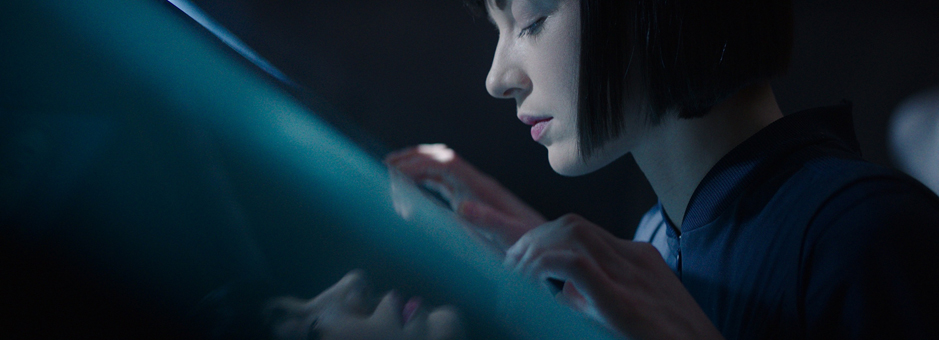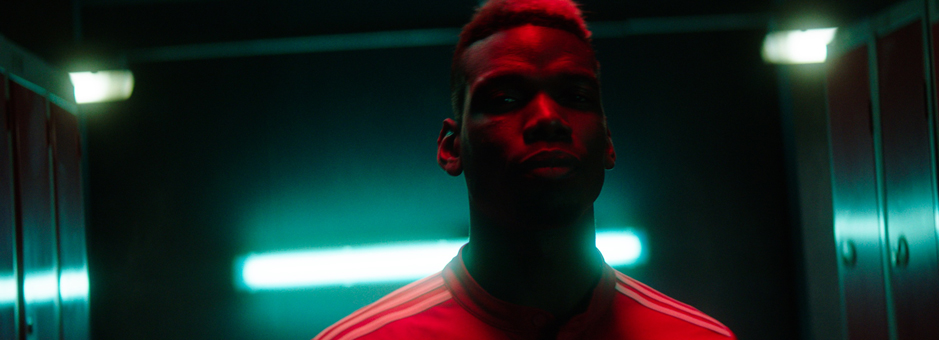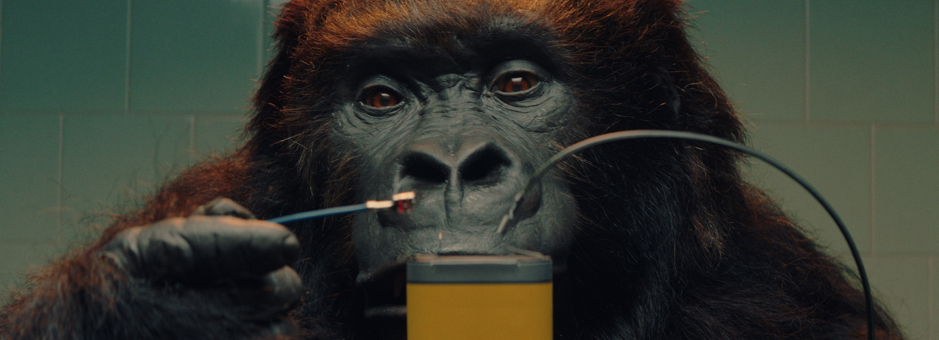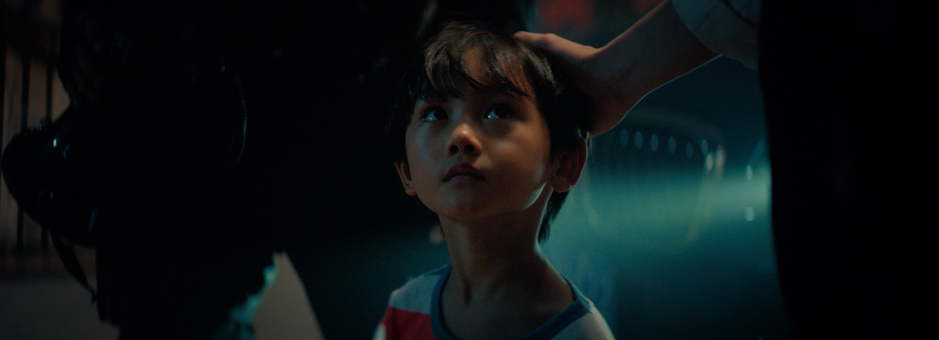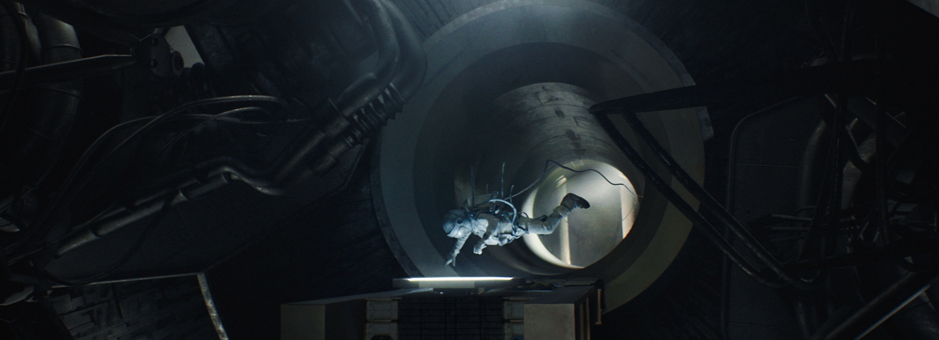Meet The Colourist
Nikola Stefanovic
Senior Colourist, MPC Shanghai, China
Originally from Serbia, Nikola Stefanović has developed a passion for moving images through the years and has worked on a range of genres, from feature films to ad campaigns.
During this time he has worked with internationally acclaimed directors including Gustav Johansson, Rob Chiu, Dave Meyers, Paul Geusebroek, Jovan Todorović and Salomon Ligthelm, just to name a few.
Today Nikola is the Senior Colourist at MPC Shanghai where he recently finished feature film Ederlezi Rising, which is now screening in film festivals around the world.
Tell us about your journey into post-production and colour.
I started as a 3D/motion graphics artist working for the National Broadcast Corporation in Serbia. I moved from there to editing, first for TV formats and later for advertising. During that time, I was doing less offline editing and more and more online work: conforming, cleanup, beauty work and compositing, as well as working with the CG department and groups of freelancers on different post-production tasks.
For the bulk of that time colour grading was always there, but it was done in just a few places. But after seeing a presentation of Final Touch from Silicon Color, I knew that this was the future. I jumped on that ride and never looked back. Soon after that, around 2004, I got my first feature film work so I switched to working as a full time colourist.
I’m now Senior Colourist at MPC here in Shanghai, where I live with my wife, daughter and son. I’m also member of CSI (Colorist Society International).
I was lucky to have the opportunity to work for a film lab so I have done my time on telecine, film scanning and recording and other photo-chemical related stuff - and I must say that I don’t miss them that much. Doing film dailies on a Renaissance 888 and fighting with the keycode reader and software is hard to explain to people familiar only with digital acquisition.
It’s funny today how having timecode, reel name and bunch of other metadata embedded within files is taken for granted. Another thing that I'm kinda glad is gone are prints for cinema releases - with DCP, it is far easier to get expected and repeatable results.
Of course, I enjoy working with film scans from time to time, but I think that modern cameras paired with a good colourist can match 95% of what film had to offer.
Just 15 years ago, while film was still the dominant acquisition format, the job of a colourist was way different. Not easier, just different.
Shooting with film was expensive in every way compared with today’s digital practices. First of all productions needed to be very careful about the amount of stock used compared with today’s endless takes. Cinematographers and directors were also careful about what they were going to expose. Creatively they had a variety of film stocks, different lab vendors and telecine machines at their disposal so the final look and texture of the film was a result of all these elements combined in one way or another. The telecine colourist was considered a practitioner of the dark arts, not to be questioned.
Nowadays, modern cameras produce high-resolution digital pictures, but they all feel very similar, more or less. Colourists today face a challenge to replace film stock and lab processes, and to introduce texture in a digital film to mimic certain analogue components or imperfections. And to do that under a barrage of client comments, with edits that are never locked and endless VFX changes, all with a smile on their face.
That’s where Baselight fits perfectly. With its powerful set of tools, especially in Baselight v5, it’s hard to imagine something that you can’t do in terms of colour and texture.
What is the most difficult part of your daily colour grading work?
When a client has the tendency to make colour grading more important than it really is. They will keep insisting on changes that in the end no one will notice, and that way of doing things will transform the creative process into one of frustration. One of the challenges of our job is to learn how to deal with such requests in the best possible way.
It’s also a challenge when a client is editing with Log footage and they get so attached to the washed out look of the rushes. Then when the appropriate transformation is applied in grading in order for the image to look normal, they can get scared of the contrast and saturation.
The exposure to different cultures has broadened my perspective for sure. As a colourist you are challenged on a daily basis: different products, different mindsets, all interpreted through the vision of directors and agency creatives with various educational backgrounds - and then you add on top of all that the cultural differences just to keep things interesting!
In reality you don't have the opportunity to add your personal feeling to every piece of work you're doing. But I have certainly learned to appreciate expectations regarding skin tones in particular markets.
China reminds me of the US, actually, where directors and DPs are less involved in post-production, while in Europe they try to follow every step until the very end.
Working in China can be quite challenging, but once you get used to the pace and pitfalls, it’s not that difficult. Creatively, the tricky part for me was to promote my style in this very competitive market where over-processed, heavy-handed looks are the standard in the advertising industry. Then if you add the online retouching, very often you get ‘overcooked’ images.
My goal is the opposite somehow. I'm trying to preserve and enhance the cinematographer's idea and while I'm not against stylised looks, I prefer my work to be subtle and precise. It’s not enough today to have nice colours, you need to take care of the image texture as well.
Working in Serbia is very similar to working in any other European country except that the pricing a little lower; you usually get great value and production quality for your money.
The Korean advertising industry relies heavily on post-production and local talents exclusively, plus the post process can be very long and exhausting. Chinese advertising on the other hand is a mixture of the desire to produce campaigns that will be appreciated globally and the old school, auto-censorship, copy-paste approach.
Fortunately for me, there are enough good creatives and producers willing to embrace the first approach, and global/big brands are in general more open to new ideas. There is also a new generation of Chinese directors trying to push things in the right direction.
I started with Silicon Color’s FinalTouch, then moved to film using the da Vinci Renaissance 888 with Quadra Vision telecine, and then to Resolve. I’ve tried Lustre but didn't like it. I also used Film Master for a while. Three and a half years ago I started using Baselight.
While every system has good points, I find Baselight the most flexible in terms of how you want to work. Other systems force you to use it in a certain way, while with Baselight you can really freestyle. For example, you can arrange the user interface in any way you like. Robust colour management is very handy and you’ll get cleanest output possible. I really like the open timeline because you’re free to organise your project in any way you like it. Versioning and grouping is so simple, and the storyboard mode is useful for drag and drop grading. The built-in scopes are also top-end.
After 14 years working as a colourist on many different systems, with Baselight I feel like I’m finally at home. There is something about the Blackboard 2 panel that makes you feel like an artist. It’s hard to explain, but after the initial period of learning it almost feels like a musical instrument. It is a high-end interface designed with the artist in mind, and it controls the sophisticated software in a transparent and natural way. The technology is always present but in a good way, helping you. You don’t need to manage it or find workarounds. It is the system that is trying to cater to you, your needs and habits.
FilmLight is also doing an amazing job with their support, which is very important in today’s hectic environment with tight schedules and always approaching deadlines. In order to do the colourist’s job successfully you need the technology factor to be the best possible but not overwhelming, so that you can focus on the creative part of the job.
And, of course, Baselight looks very good in a room :-)
What do your clients like most about Baselight?
The first thing that they notice is the Blackboard 2 control panel.
I think they like that kind of high end-vibe around Baselight. Very often I use compositing features combined with tracking and stabilisation to preview multi-layered shots, for example, green screen shots against a background, or replacing screen content in mobile phones or TV screens. Clients and directors love it when they can see rough comps during grading as it gives them a better sense of what needs to be done in the online.
One small thing that every client likes, too, is the option to have a cursor on the main screen so that they can use the mouse to point out a specific portion of the image while we are discussing the details.
What part of the grading process do you spend most of your time on?
My workflow is very simple.
First, make sure that the footage interpretation is the best possible - and these days that can be tricky since most of the projects are shot combining two, three or more different cameras.
Second, do a kind of a technical pass, making sure that everything is balanced properly; this, I think, takes most of the time in general.
Creating a look comes at the end when I’ve become familiar with the material and the flow. Usually I’m not spending a lot of time at this stage as I don’t like to make multiple versions. So I have balanced footage, reference images, the director’s previous work and the client brief interpreted through my own aesthetic, and that gives you a look as a result, I tend not to use mattes and secondaries unless necessary.
It is very important to be confident in the aesthetics that you provide to your clients, otherwise they could lose trust with your work.
You have recently used Daylight with Slate. How was the overall experience?
I have to say, surprisingly good. We got the Slate panel and Daylight license for testing so I’ve run it on a Mac Pro with an AJA box for a few weeks. It is very similar to a full Baselight experience with a few limitations in conforming and without the classic timeline view, but all the tools are there. I even did few jobs based on that setup just to get more familiar with Slate. I wish I had a similar setup at home to create looks and play around :-)
That Baselight is very fast, it has the best colour science out there, and that workflow-wise it is very flexible and easy to adapt an existing pipeline, whether TVC, episodic or film.
What advice would you give to a junior colourist?
My tips for moving image artists would be: watch movies, old and new, and you'll see everything there. Learn movie language and use it. Don't waste time with technical specs too much - talk to people. If you're not able to learn and grow in a certain environment, move on.
Any thoughts on remote grading?
I think it is a great way to broaden your network and to meet new people. I have high hopes for cloud-based creative collaboration and I’m sure that soon, more people will embrace the possibility to experiment and to try to work with artists outside of their preferred circle of creative vendors.
I hope that new tools will be introduced utilising modern technologies that will enable a flexible real-time review and approval process to be accessible to everyone. We have all pieces of the puzzle available now, like H.265 10-bit streaming on P3 2K tablet displays, but there is no integrated service yet. I do like where Frame.io is heading.
Where do you find most of your inspiration?
My biggest influence would definitely be comic books, music and, of course, film. As a young boy I was crazy about comic books. And like many of my friends, I also wanted to draw comics. I remember spending days trying to draw some very complicated poses from Spiderman. Most of the comic books back in the days in Yugoslavia were black and white and every time I would come across a coloured comic book it was such a special experience.
I’ve also played guitar and bass with various bands; sometimes we had gigs for money, but mostly it was a way to vent with friends, to relax and unwind.
And I am still fascinated by the world of cinema and lately more and more with some amazing TV shows.
What’s your favourite film, TV show or music video?
Recently I enjoyed watching the TV show Atlanta. Ricky Gausis did a great job on the grade. Also, the music video for Lenny Kravitz's single Low directed by Jean Baptiste Mondino felt very refreshing to me.
What do you like to do when you’re not in the dark room grading?
I like to ride my bicycle around Shanghai. I also trying to go to the swimming pool as often as possible with my family. What I enjoy most is spending time with my family and watching my kids growing up.
Join In
If you want to participate in our MTC programme, we'd love to hear from you. Contact:
Alexa Maza
e: [email protected]
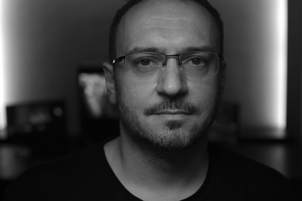
“Colourists today face a challenge to replace film stock and lab processes, and to introduce texture in a digital film to mimic certain analogue components or imperfections.
That’s where Baselight fits perfectly. With its powerful set of tools, it’s hard to imagine something that you can’t do.”
Details
Colourist: Nikola Stefanovic
Role: Senior Colourist
Web: MPC Shanghai




